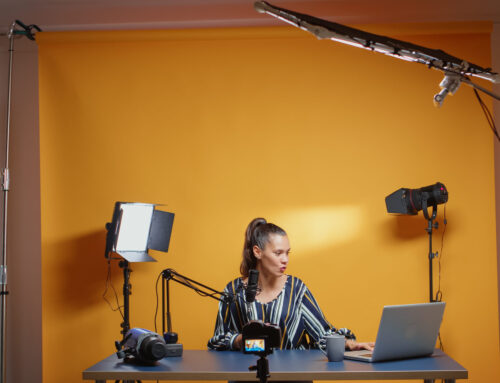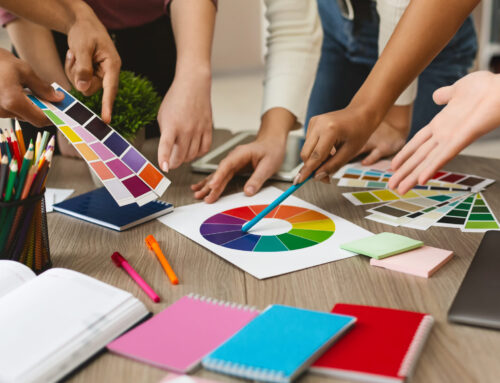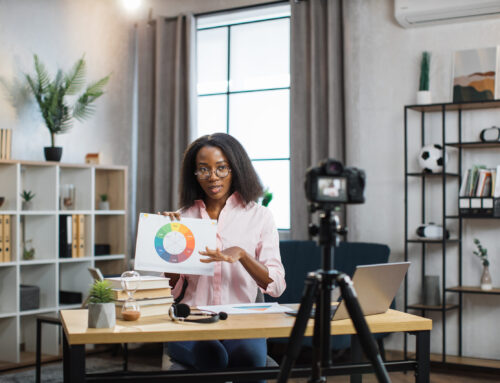Guest Post by Julia Reich, Julia Reich Design
Julia Reich is guest blogging for us on several graphic design topics. This second post focuses on logos and how they relate to branding. You can read her first post on graphic design style sheets here.
People are passionate and loyal to brands they feel connected to, and that doesn’t just apply to coffee and sneakers, it’s relevant to nonprofit brands too. Loyalty leads to increased awareness, participation, and donations. A logo, as the visual representation of your nonprofit brand, is often the first touchpoint your audience will have with your organization. It should make a connection with the viewer by evoking an emotional response.
How is that done, and how do you know if it’s done well?
When my company undertakes a logo design project, research we’ve conducted is synthesized to determine a brand’s attributes. Then, during the creative process, we communicate how the logo should make a person “feel” using a combination of the following graphic elements:
1. Typefaces: for the name of the organization. Fonts can be elegant, fun, modern, and more. Type styles evoke emotion, so they should be carefully considered.
2. Imagery: if used, an icon or other graphic should enhance the name of the organization, not overshadow it.
3. Color: perhaps the most important consideration, color has been shown to have measurable psychological impact, and is often affiliated with a specific industry. For example, blue is calming and often used in the health care and financial sectors; green is natural and healthy; yellow is youthful and cheerful; white is cool, clean and fresh; and red is powerful and energetic. (Learn more about the importance of color in brand identity.)
When we first began presenting our logo concepts to clients, the ensuing discussions often devolved into a subjective discussion of who liked blue better than green. This was not terribly helpful feedback, so we developed guidelines for our clients to ask themselves as they reviewed the options:
• Is it legible? Is it easy to read and understand?
• Is it impactful? Does it stand out and catch your eye?
• Is it meaningful? Does it support your organizations goals and objectives?
• Is it differentiated enough from your ‘competition’ and does it avoid obvious visual clichés? For example, a project we did recently for a community organization placed a lot of emphasis on ethnic diversity. When we examined the landscape of similar groups we discovered many logos that used multi-color hands – hand holding, overlapping hands, hands in circles. We decided to emphasize this group’s uniqueness by offering other design solutions.
• Is it authentic? Does it feel genuine and appropriate for what you do, who who do it for and who you want to reach? If you offer services for the homeless, for example, you wouldn’t want your logo to look like one for a contemporary art museum.
• Does it have enduring value? Will it stand the test of time, and look just as fresh in several years as it does now? Logo designs can fall into trendy traps. For instance, according to logolounge.com, did you know that “nested circles” and overlapping, transparent colors in logo designs are all the rage right now? (Check out this article for more on recent logo trends.)
• Is it flexible? Will it work across different media, such as your website, business card, tote bag, PowerPoint slide, email newsletter…?
• Will it work for you both in color and in black and white?
• Do you need a tagline with it and if so, will it accommodate one?
Finally, remember that the logo is not the only element of your brand identity. It is a part of the whole picture, but not THE whole picture. We utilize the logo within an entire brand system, with other elements such as color, typography, images, core messages, etc., that help to complete your unique story. In other words, the logo does not necessarily have to communicate everything you stand for.
Julia is Principal of Julia Reich Design, which helps nonprofit organizations bring their mission to life with award-winning brand strategy, graphic design, and web design services. Clients love her team’s top-notch creative work combined with an affordable, personalized approach.







